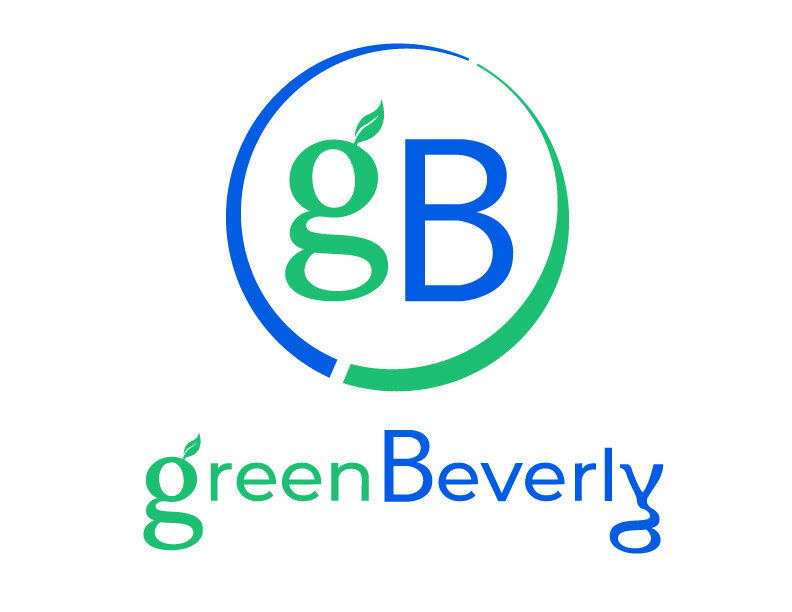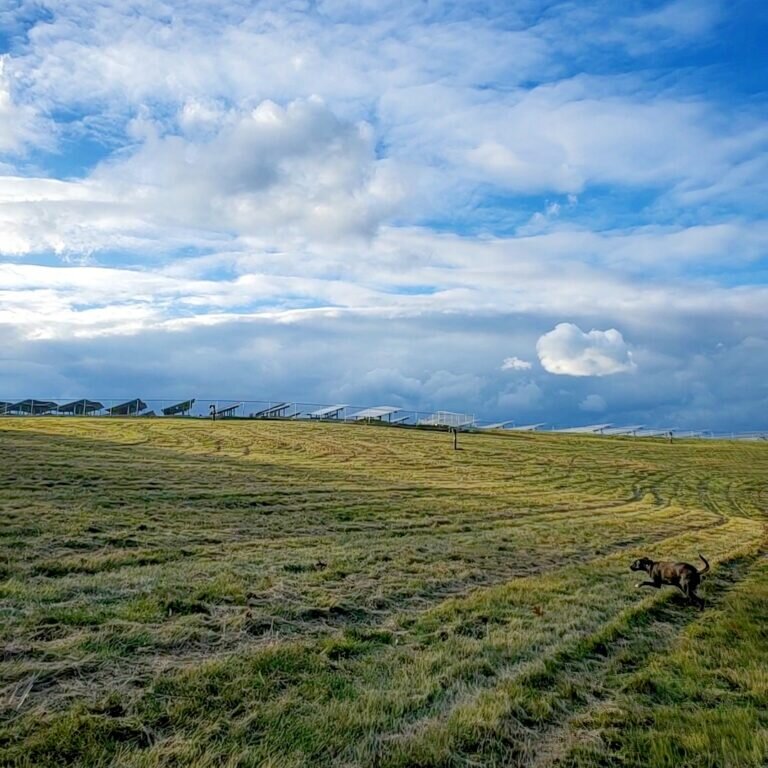How to Create a Sustainable Classroom
There are two ways your influence as an educator can create a ripple effect of sustainable action that reaches far beyond your school: by engaging your students in the choices you make to run a low-waste, low-energy classroom, and by encouraging them to take leadership on green issues that interest them.
Reduce, Reuse, Recycle
Look at your physical goods and your energy usage. Is there anywhere you can cut back? Running a classroom during Covid has made it harder to reduce items that facilitate good hygiene, like some single-use plastics and anti-bacterial wipes. But don’t forget that every little bit truly does help.
Even something as simple as double-sided printing, or using old printouts as scrap paper, can make a dent over time. A single sheet of paper takes 1.5 cups of water to produce. Check out The Paper Calculator to get real, relatable info tailored for your classroom use.
Use natural light when you can, energy-efficient bulbs in your fixtures when you can’t. This is also in the school’s best interests since it saves the institution money. CFL bulbs use 1/5 to 1/3 the amount of energy to emit the same amount of light as traditional incandescent bulbs. LED bulbs use as little as 1/10, and last up to 50x longer.
A single plastic water bottle takes 3x as much water to produce as it contains, and each half-liter bottle is responsible for over 800g of carbon emissions. Try tracking how many bottles your classroom recycles. Bringing your own reusable bottles for hot drinks and water is an easy, impactful way to lead by example.
Waste goes beyond plastic: recycling one glass bottle represents enough energy saved to light a 100-watt light bulb for four hours. Recycling one aluminum can? Equivalent to running a TV set for three hours.
Face masks will be required indoors in Massachusetts for at least part of the 2021 school year. 3 million disposable masks are thrown away each minute of the day, many of which will end up contributing micro- and nano-plastic pollution to our environment. If your health needs allow it, switch to a reusable cloth mask for some or all of your use and educate your students on the importance of proper disposal.
Student engagement and leadership
Changes you can make in your classroom, school, or even Beverly at large have necessarily local limits. But if you can help bring an understanding of and passion for the importance of environmental stewardship to your students, your ultimate impact may be larger by orders of magnitude.
There are many local and national resources to help engage your students. Show your students what their peers have accomplished, such as Centerville School students’ recycling video or the BHS student initiative Carbon Less Accomplish More.
BlueWave solar farm on Brimbal Ave in Beverly, Massachusetts. Photo Margaret Collins.
A local field trip can spark ideas and imagination: could you visit one of Beverly’s solar farms or a compost center? The 4.9-megawatt solar array at 42 Brimbal Ave was built by BlueWave Solar on the site of an old landfill, food for multiple lesson plans or discussions.
THE GREEN TEAM: K-12 environmental club for Massachusetts students that offers tools such as posters, lesson plans, and activity suggestions, and prizes that increase with your classroom’s commitment. In the 2020/21 academic year, Centerville Elementary fourth grade teacher Nikki Rupu’s students were recognized for their project of recycling milk cartons into planting pots. Once planted with basil, the pots were sold at the school’s farm stand and proceeds funded student environmental projects for the new school year.
POWER SHIFT NETWORK: Youth-led nonprofit whose members work to “combat climate and environmental injustice, stop dirty energy projects, divest from fossil fuels, fix democracy, and build the just, clean-energy powered future young people need.”
SUSTAINUS: “SustainUS empowers young people in taking creative action to demand justice and sustainability on a global stage.”
GREENSCHOOLS.NET: An archive of solid information and tools, such as a waste reduction checklist (Word template download) and waste audits.
References
DW.com, ScienceDaily.com, UW Madison Office of Sustainability



